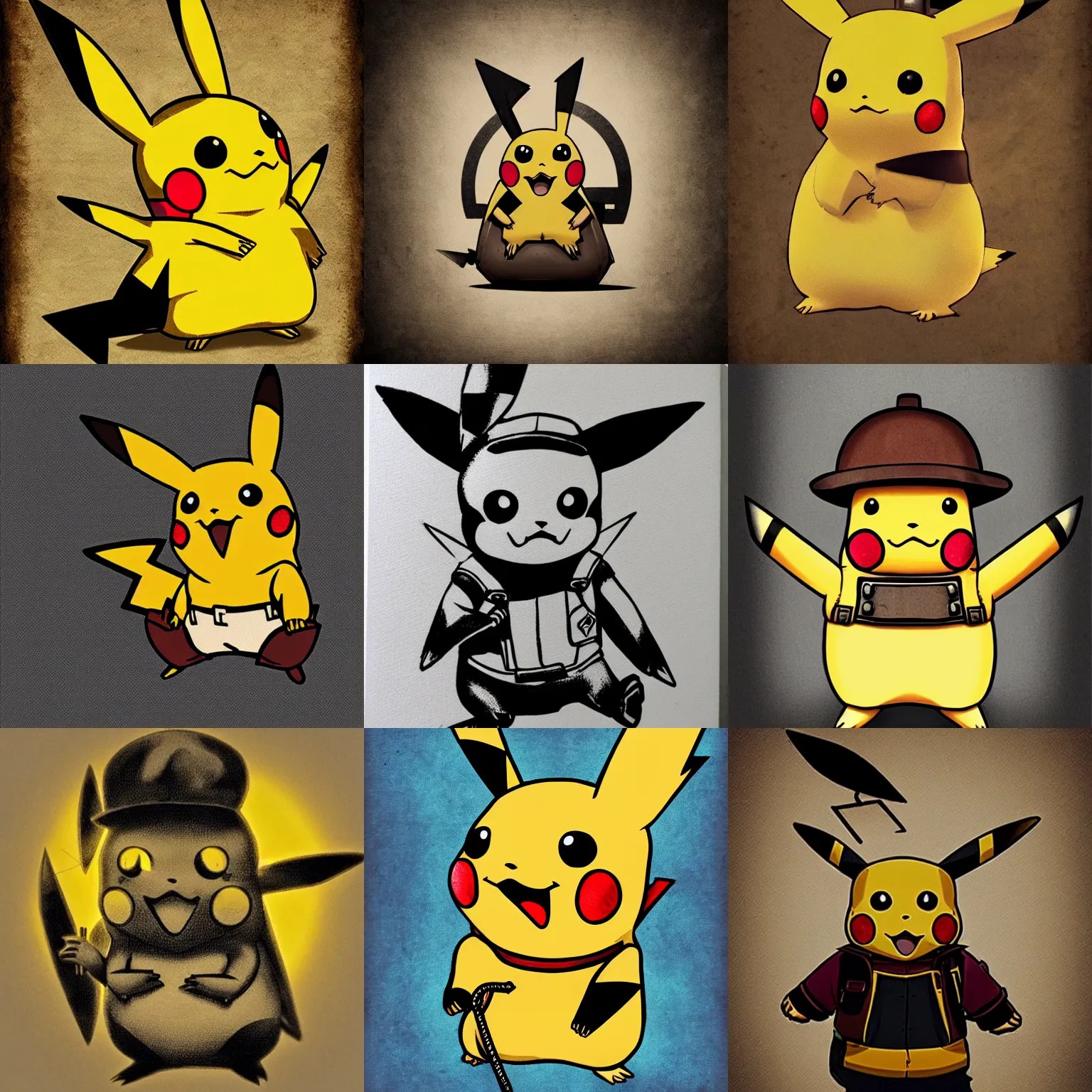
Brutal content has emerged as a significant topic of discussion in today's digital age, where the lines between entertainment and shock value often blur. As creators and consumers of content, we are constantly navigating the complex landscape of what constitutes brutal content, its effects on society, and the ethical considerations surrounding it. This article aims to explore the various facets of brutal content, shedding light on its definition, examples, and the psychological impact it may have on viewers.
In recent years, the rise of social media and streaming platforms has facilitated the rapid dissemination of content that is often graphic, violent, or distressing. These platforms have given a voice to creators who push boundaries and challenge societal norms, leading to a significant shift in how we consume media. Understanding brutal content requires us to delve into its origins, the motivations behind its creation, and the consequences it may bear on individuals and communities.
Through this comprehensive exploration of brutal content, we aim to provide readers with a nuanced understanding of its implications in the realms of psychology, society, and media ethics. By examining both sides of the argument, we hope to foster deeper discussions about the responsibility of content creators and the role of audiences in shaping the future of media consumption.
Table of Contents
1. What is Brutal Content?
Brutal content refers to any media that depicts graphic violence, distressing scenarios, or extreme situations designed to provoke strong emotional responses from viewers. This type of content can be found across various platforms, including movies, television shows, video games, and social media. Unlike traditional forms of entertainment that may employ violence for storytelling purposes, brutal content often prioritizes shock value over narrative coherence.
1.1 Characteristics of Brutal Content
- Extreme Violence: Graphic depictions of physical harm or torture.
- Emotional Distress: Content that evokes feelings of fear, disgust, or horror.
- Shock Factor: Elements intended to startle or provoke outrage.
- Lack of Context: Absence of a narrative framework to justify the brutality.
2. Examples of Brutal Content
Brutal content can take many forms, and its presence is felt across various media platforms. Below are some notable examples:
- Film: Movies like "Saw" and "Hostel" are notorious for their graphic depictions of violence and torture.
- Television: Shows such as "Game of Thrones" and "The Walking Dead" include intense scenes of brutality that contribute to their narrative but can also overwhelm viewers.
- Video Games: Games like "Grand Theft Auto" and "Mortal Kombat" incorporate violent gameplay mechanics that can desensitize players to real-world violence.
- Social Media: Platforms like Twitter and Instagram often circulate graphic videos depicting violence or distressing events, raising questions about the ethical implications of sharing such content.
3. Psychological Impact of Brutal Content
The psychological effects of consuming brutal content can vary widely among individuals. Research indicates several potential consequences:
3.1 Desensitization
Repeated exposure to brutal content can lead to desensitization, where individuals become numb to violence and may develop a diminished emotional response to real-world suffering.
3.2 Impact on Mental Health
For some viewers, consuming brutal content can exacerbate mental health issues, such as anxiety and depression, especially among vulnerable populations.
4. Societal Implications of Brutal Content
Brutal content does not only affect individuals; it can also have broader societal implications:
4.1 Normalization of Violence
When brutal content becomes mainstream, it can contribute to the normalization of violence in society, affecting how individuals perceive real-life conflicts and aggressive behavior.
4.2 Influence on Youth
Young audiences who consume brutal content may be particularly susceptible to negative influences, leading to aggressive behaviors and distorted perceptions of reality.
5. Ethical Considerations in Brutal Content Creation
The creation and distribution of brutal content raise several ethical questions:
5.1 Responsibility of Creators
Content creators must consider the potential impact of their work on audiences and the ethical implications of depicting graphic violence.
5.2 Regulation and Censorship
Debates surrounding the regulation of brutal content often center on the balance between creative freedom and societal responsibility.
6. The Responsibility of Content Creators
Content creators play a crucial role in shaping how brutal content is perceived and consumed. They must navigate the fine line between artistic expression and ethical responsibility.
6.1 Transparency and Disclosures
Creators should provide clear warnings about the nature of the content, allowing viewers to make informed choices about what they consume.
6.2 Fostering Healthy Discussions
Encouraging open dialogues about the implications of brutal content can help audiences process their reactions and understand the underlying issues.
7. The Role of Consumers in Media
Consumers also have a significant role in shaping the media landscape. Their choices and behaviors can influence what types of content are created and disseminated:
7.1 Critical Consumption
Viewers should engage with media critically, questioning the motivations behind brutal content and considering its potential impacts.
7.2 Advocacy for Change
Consumers can advocate for responsible content creation by supporting creators who prioritize ethical storytelling and rejecting content that glorifies violence without context.
8. Conclusion
In conclusion, brutal content is a multifaceted topic that encompasses various forms of media and raises important questions about its impact on individuals and society. As we navigate the complexities of modern media consumption, it is essential to remain aware of the consequences of brutal content and to hold both creators and consumers accountable for their roles in shaping the media landscape. By fostering critical discussions and advocating for responsible content creation, we can work towards a media environment that prioritizes ethical considerations while still allowing for creative expression.
We invite readers to share their thoughts on brutal content in the comments section below. What are your views on its impact, and how do you navigate your media consumption? Join the conversation and let us know!
Thank you for reading! We hope you found this article informative and thought-provoking. Be sure to check back for more engaging content on our site.
ncG1vNJzZmivmaC2b7XSrJirrZKWe6S7zGisqZyRqbKvsdasaG5nkqfCta3LZpqopqSWu7V6x62kpQ%3D%3D